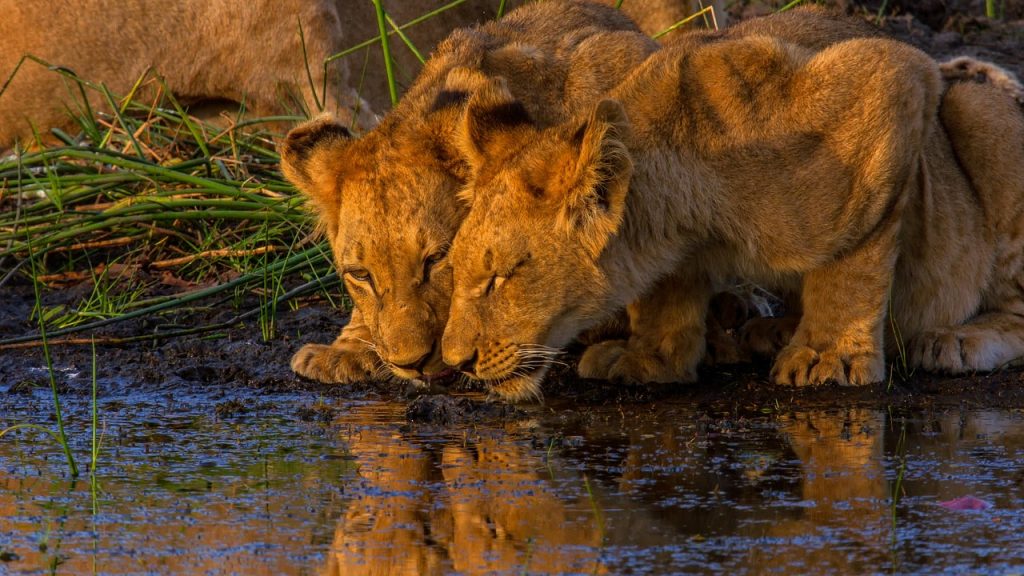Serengeti National Park
Experience a completely customized and flexible trip of a lifetime with experts you can trust.
If you are planning a safari to Serengeti National Park, you probably have a tone of questions. Naturally, you want it to be the journey of a lifetime and it will be. Why? There are only few places left with such unspoilt nature splendor, exhilarating wildlife and world-class safari lodges & camps.
A million wildebeest… each one driven by the same ancient rhythm, fulfilling its instinctive role in the inescapable cycle of life: a frenzied three-week bout of territorial conquests and mating; survival of the fittest as 40km (25 mile) long columns plunge through crocodile infested waters on the annual exodus north; replenishing the species in a brief population explosion that produces more than 8,000 calves daily before the 1,000 km (600 mile) pilgrimage begins again.

Tanzania’s oldest and most popular national park, occupies the size of 14763 sq, kilometres also a World Heritage Site and recently proclaimed a World Wide Wonder, the Serengeti is famed for its annual migration, when some six million hooves pound the open plains, as more than 200,000 zebra and 300,000 Thomson’s gazelle join the wildebeest’s trek for fresh grazing. Yet even when the migration is quiet, the Serengeti offers arguably the most scintillating game-viewing in Africa: great herds of buffalo, smaller groups of elephant and giraffe, and thousands upon thousands of eland, topi, kongoni, impala and Grant’s gazelle.
The spectacle of predator versus prey dominates Tanzania’s greatest park. Golden-maned lion prides feast on the abundance of plain grazers. Solitary leopards haunt the acacia trees lining the Seronera River, while a high density of cheetahs prowls the southeastern plains. Almost uniquely, all three African jackal species occur here, alongside the spotted hyena and a host of more elusive small predators, ranging from the insectivorous aardwolf to the beautiful serval cat.
But there is more to Serengeti than large mammals. Gaudy agama lizards and rock hyraxes scuffle around the surfaces of the park’s isolated granite kopjes. A full 100 varieties of dung beetles have been recorded, also it has 500-plus bird species, ranging from the outsized ostrich and bizarre secretary bird of the open grassland, to the black eagles that soar effortlessly above the Lobo Hills.
Best Places to Visit!
Speak with an Expert
Our travel experts are always available to answer questions and help you plan the trip of a lifetime. Contact us with inquiries or for more information.
